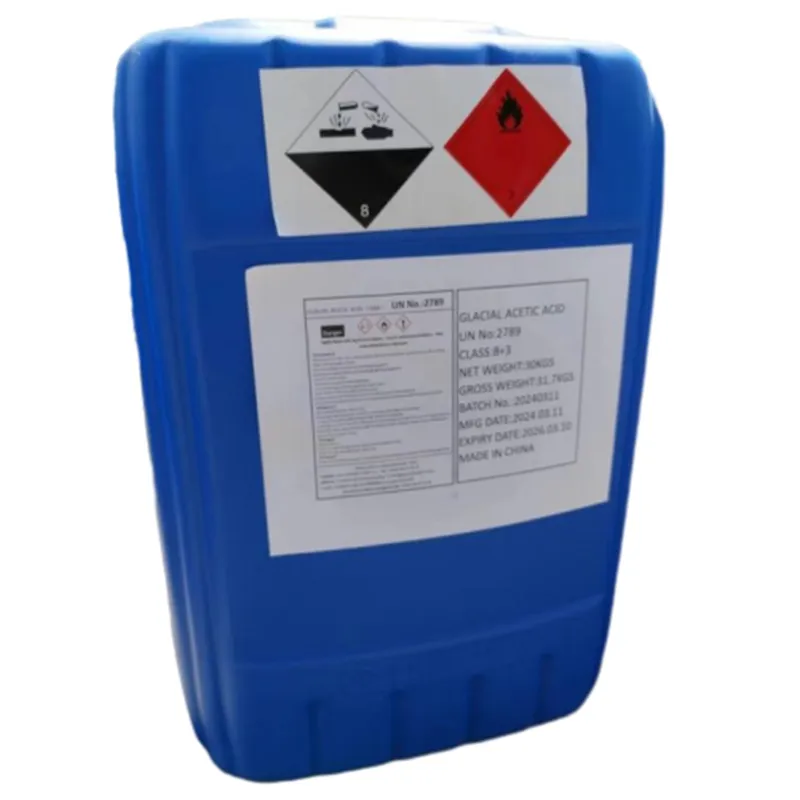
e339 emulsifier
Exploring E339 Emulsifier Composition, Functionality, and Applications
E339, commonly known as sodium phosphate, is a food additive recognized for its emulsifying properties. Emulsifiers are substances that help to stabilize mixtures of oil and water, which would otherwise separate. The presence of E339 in food processing has garnered attention due to its functional attributes and the role it plays in enhancing food quality.
Composition of E339
E339 refers to a group of sodium phosphate compounds, primarily composed of phosphate ions and sodium cations. These compounds can include monosodium phosphate (MSP), disodium phosphate (DSP), and trisodium phosphate (TSP). Each variant serves different functions in food manufacturing, although all maintain the basic properties of emulsification, control of pH levels, and enhancing the solubility of proteins.
Functionality of E339
The emulsifying strength of E339 arises from its unique molecular structure. The hydrophilic (water-attracting) and hydrophobic (water-repelling) parts of the molecule allow it to act as a bridge between oil and water, promoting uniform dispersion. This property is particularly crucial in products that require a consistent texture and stability over time. As an emulsifier, E339 helps to prevent separation in products like dressings, sauces, and dairy items.
Moreover, E339 plays a vital role in stabilizing foam and emulsions, essential for products like whipped toppings and creamy sauces. By improving texture and mouthfeel, sodium phosphate enhances the overall sensory experience for consumers. It also aids in moisture retention, which is valuable in baked goods, extending shelf life and maintaining freshness.
Applications of E339
E339 finds extensive use across the food industry, especially in processed and packaged foods. Its applications include
1. Dairy Products E339 is commonly added to processed cheese, creamers, and ice creams, where it helps achieve a smooth consistency and prevents oil separation.
e339 emulsifier

2. Sauces and Dressings In salad dressings and sauces, E339 ensures that the mixture remains homogenous, enhancing the product's appearance and taste.
3. Baked Goods Sodium phosphate can improve the texture of baked items, allowing for better dough handling and finished product quality.
4. Meat Products In meat processing, E339 is used to improve water retention and texture in products like sausages and deli meats.
5. Beverages It can help stabilize protein-based drinks, ensuring a uniform distribution of particulates, which is crucial for both aesthetics and consistency.
Health and Safety Considerations
While E339 is generally recognized as safe (GRAS) by food safety authorities, there are guidelines on its permissible levels in food products. The consumption of sodium phosphate in moderation is considered safe for most individuals. However, excessive intake may lead to health concerns related to phosphate overload, particularly in individuals with kidney issues or those on phosphate-restricted diets.
Consumers are becoming increasingly aware of food additives, and there is a growing demand for transparency in food labeling. Therefore, producers often highlight the use of E339 in their ingredients list, allowing consumers to make informed choices.
Conclusion
In summary, E339 emulsifier plays a crucial role in the food industry, offering stability and improved texture to a variety of products. Its effectiveness as both an emulsifier and a stabilizer has made it indispensable in modern food processing. While it is essential for food manufacturers to ensure proper usage within safety guidelines, E339 continues to enhance the quality and appeal of many food products consumed globally. As the demand for processed foods grows, the role of functional additives like E339 will undoubtedly remain significant.
-
Pure Sodium Dichloroisocyanurate Dihydrate | Powerful DisinfectantNewsAug.29,2025
-
Industrial Chemicals: Quality & Purity for Every IndustryNewsAug.28,2025
-
Nitrile Rubber Honoring Strict Production StandardsNewsAug.22,2025
-
Aspartame Ingredients Honoring Food Safety ValuesNewsAug.22,2025
-
Fertilizer for Balanced Plant NutritionNewsAug.22,2025
-
Cyanide Gold Processing with High Purity AdditivesNewsAug.22,2025
-
Formic Acid in Textile Dyeing ApplicationsNewsAug.22,2025
Hebei Tenger Chemical Technology Co., Ltd. focuses on the chemical industry and is committed to the export service of chemical raw materials.
-

view more DiethanolisopropanolamineIn the ever-growing field of chemical solutions, diethanolisopropanolamine (DEIPA) stands out as a versatile and important compound. Due to its unique chemical structure and properties, DEIPA is of interest to various industries including construction, personal care, and agriculture. -

view more TriisopropanolamineTriisopropanolamine (TIPA) alkanol amine substance, is a kind of alcohol amine compound with amino and alcohol hydroxyl, and because of its molecules contains both amino and hydroxyl. -

view more Tetramethyl Thiuram DisulfideTetramethyl thiuram disulfide, also known as TMTD, is a white to light-yellow powder with a distinct sulfur-like odor. It is soluble in organic solvents such as benzene, acetone, and ethyl acetate, making it highly versatile for use in different formulations. TMTD is known for its excellent vulcanization acceleration properties, which makes it a key ingredient in the production of rubber products. Additionally, it acts as an effective fungicide and bactericide, making it valuable in agricultural applications. Its high purity and stability ensure consistent performance, making it a preferred choice for manufacturers across various industries.





